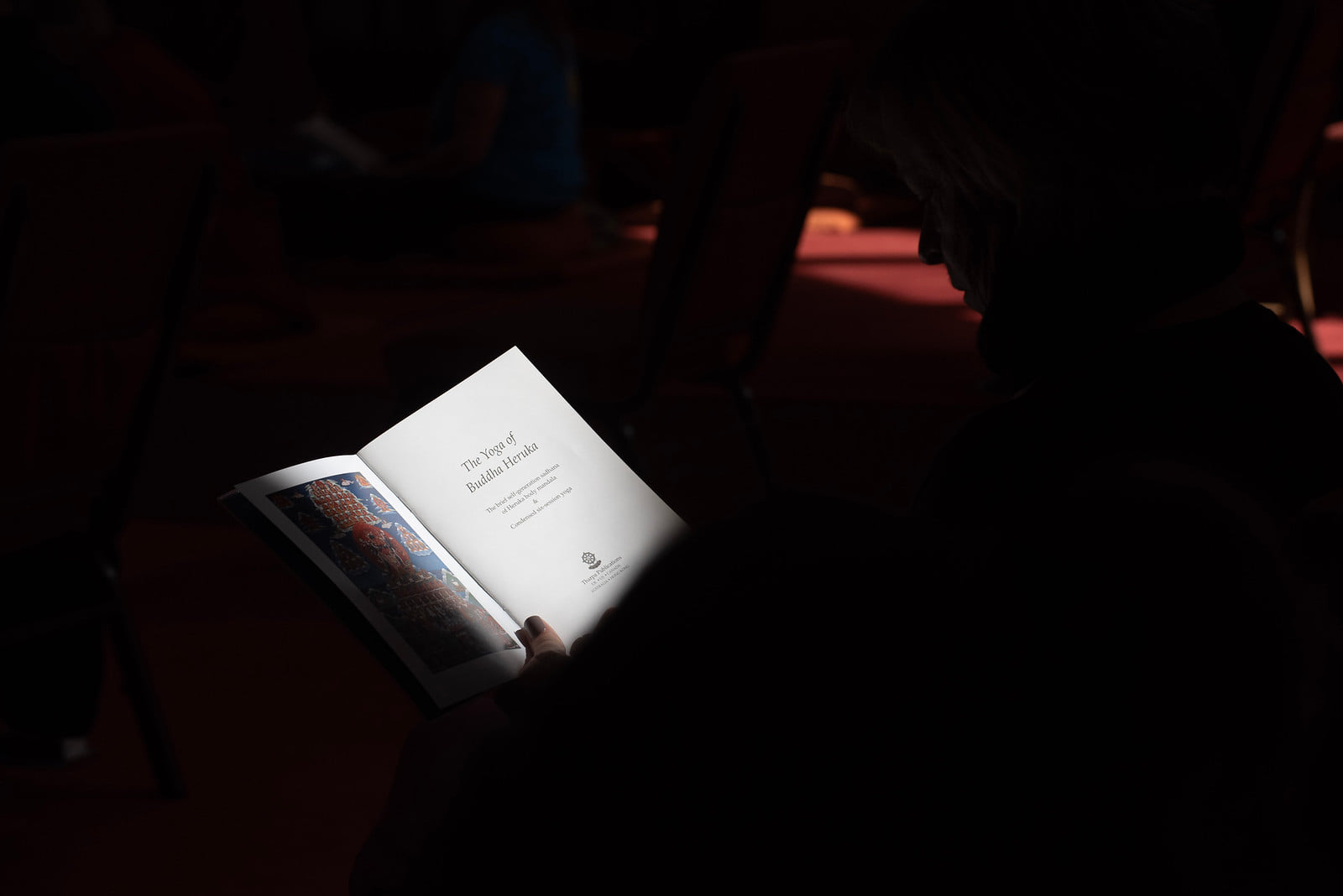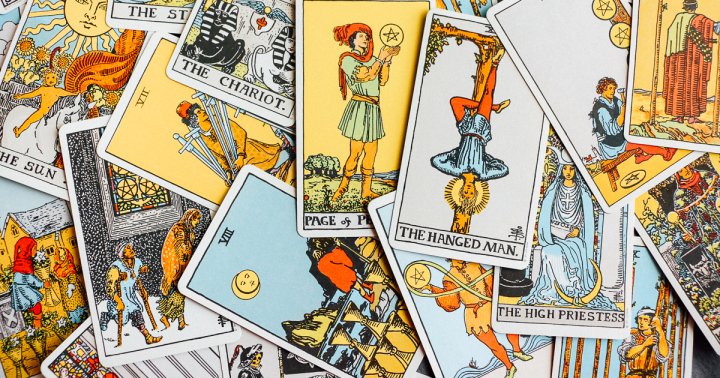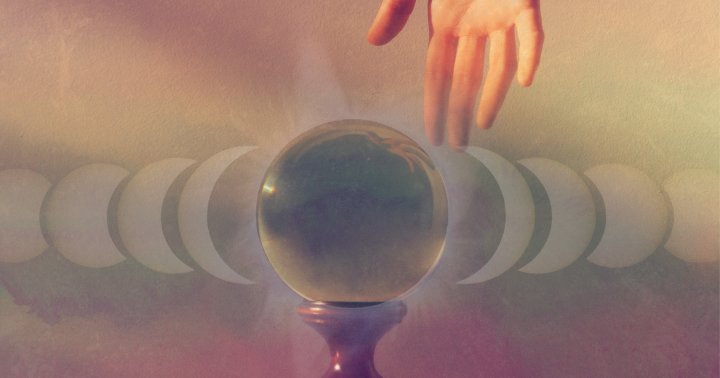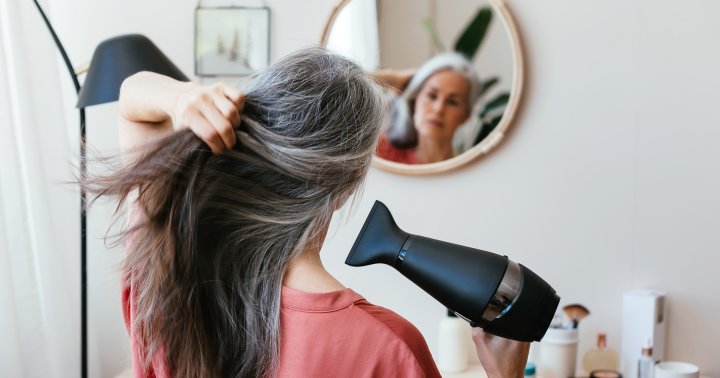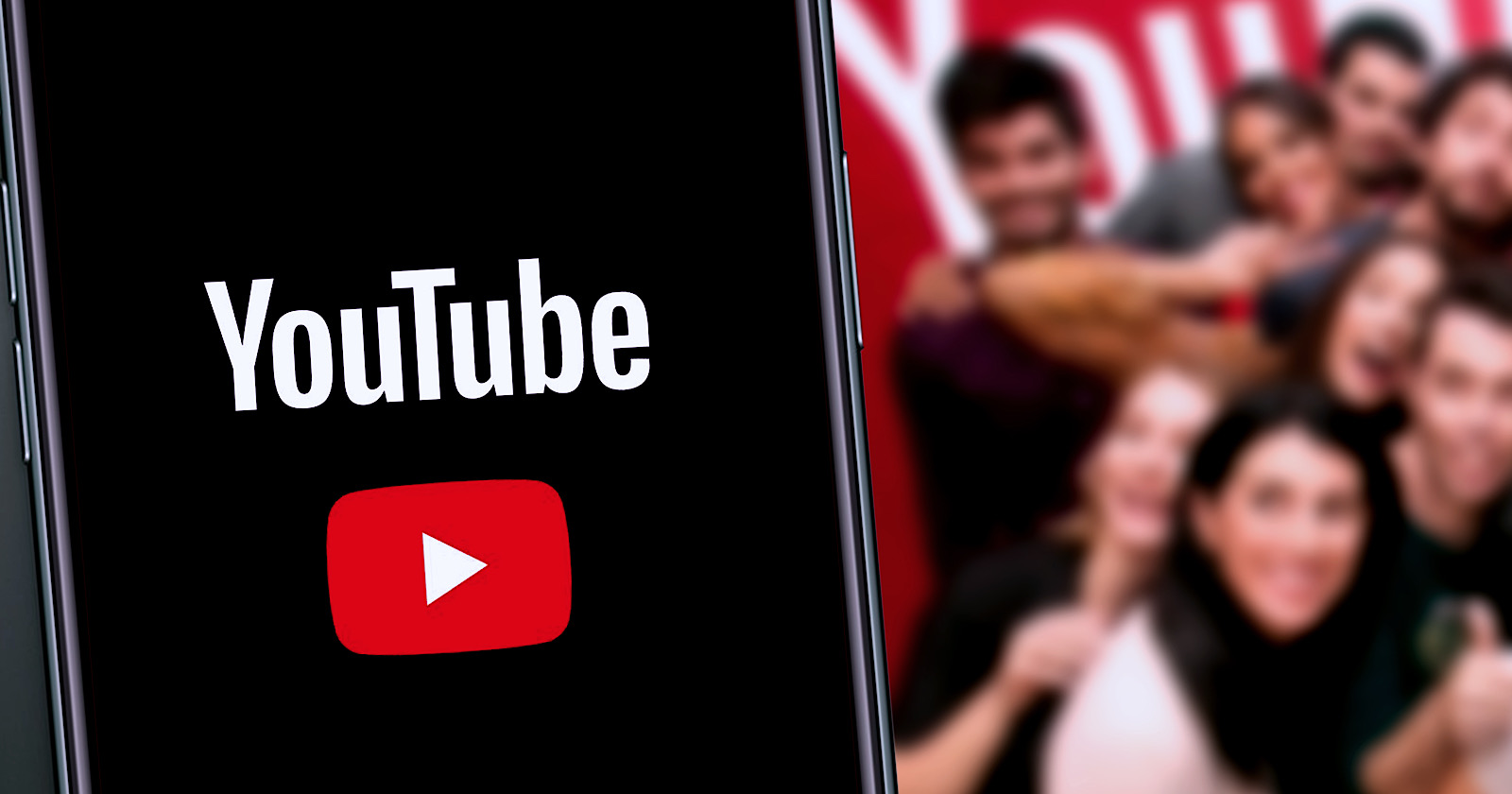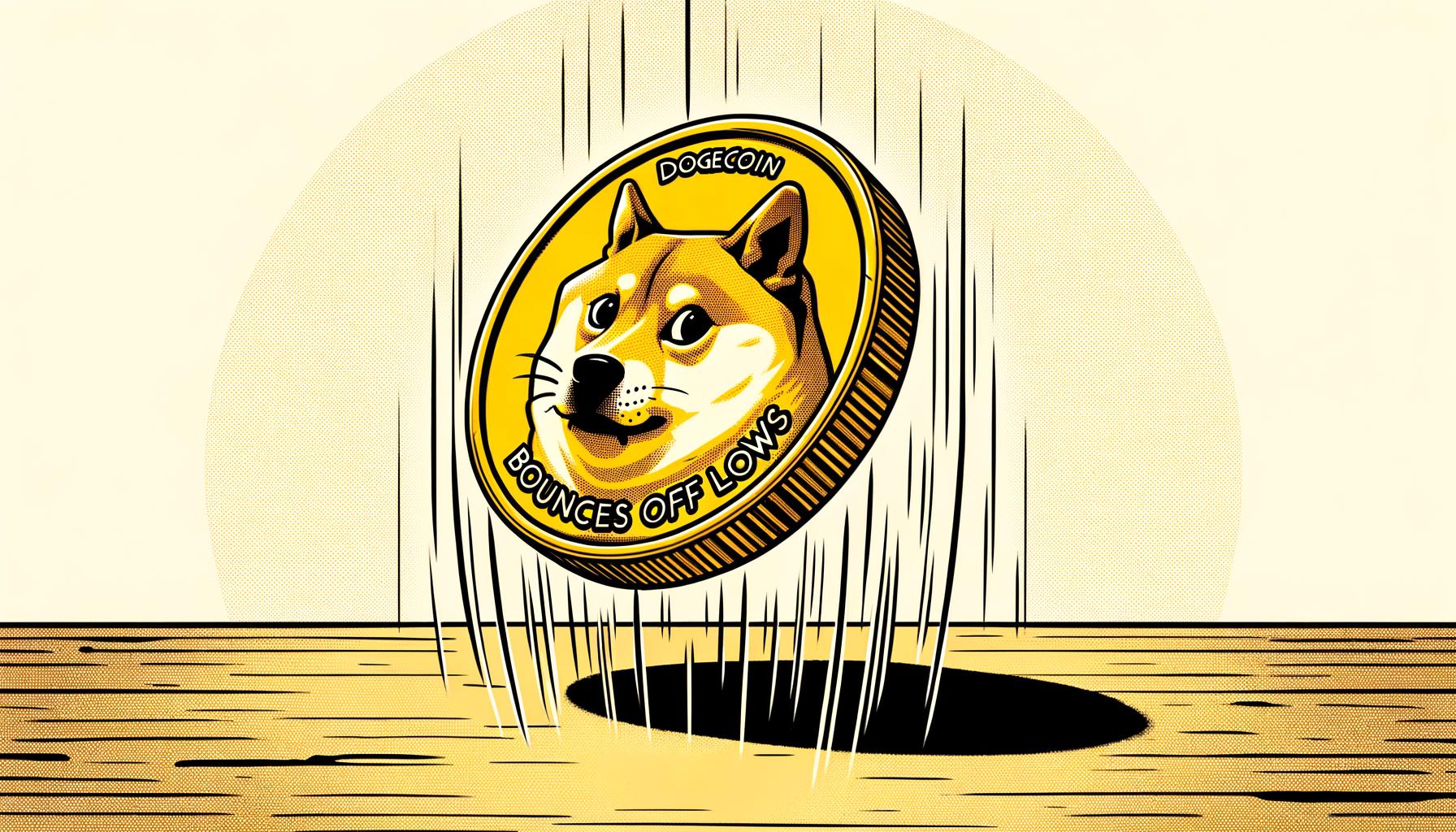How I Managed My Life-Threatening Health Issues After Years Of Suffering
A serious of infections compounded by PCOS wrecked my health.
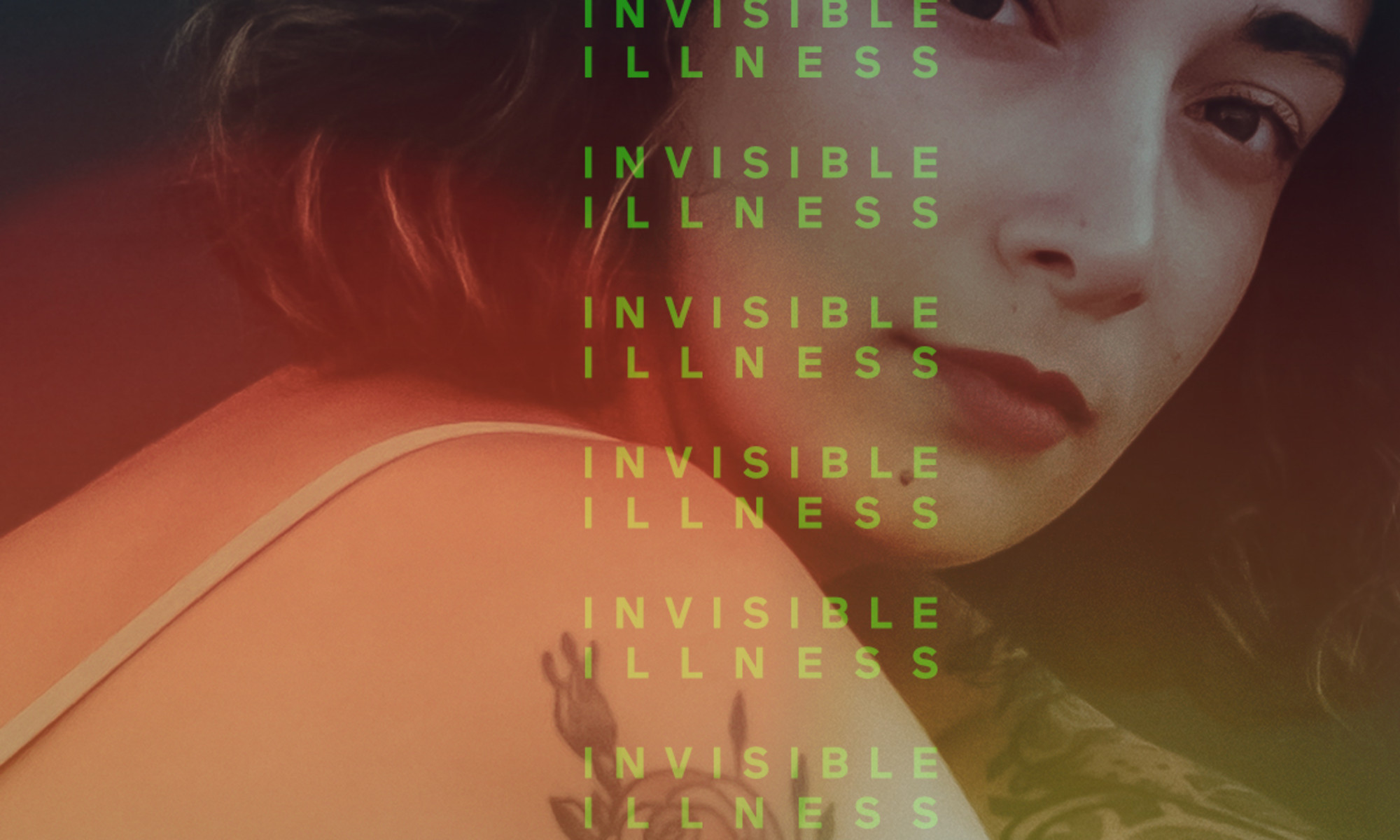

Invisible Illness Contributor
Invisible Illness Contributor
Renée Marie Joyal survived a life-threatening illness, an autoimmune disease, and a terrifying drunk-driving accident. Her intense study of functional medicine and the science of well-being led her to a practical way to live a more meaningful, healthy life full of possibility.
September 1, 2023 Our editors have independently chosen the products listed on this page. If you purchase something mentioned in this article, we may While some health issues are visible to the outside world, many people face chronic conditions that don't have externally visible signs or symptoms—also known as invisible illnesses. In this mindbodygreen series, we're giving individuals with invisible illnesses a platform to share their personal experiences. Our hope is their stories will shed light on these conditions and offer solidarity to others facing similar situations.
Advertisement
This ad is displayed using third party content and we do not control its accessibility features.
I was always healthy, happy, and active growing up. At age eleven, my life was forever changing, and I had no idea of the journey ahead of me. My rollercoaster health journey
I remember one afternoon telling my mom I did not feel well, and had a throbbing pain in my head for a couple of days. After a visit to my family physician, the doctor conducted some normal tests, and when I assumed we were done and going home, the doctor said, “Renée, enjoy your vacation.” Little did I know that meant I was to be admitted to the hospital for the next ten days for treatment of a life-threatening internal staph infection of my bloodstream that was rapidly attacking my body’s major organs. My brain, heart, and lungs were suddenly at risk from this invasive bloodstream infection.
By age twelve, my hormones were abruptly changing, and the first menstruation that came and never left led me to become severely anemic and in need of a blood transfusion. I did not feel like myself—I had no energy and felt sick every day. I had countless visits with different doctors to get my hormones and cycle under control. Finally, I was provided with labels for the condition and symptoms I had been wrestling with. At the age of thirteen, I discovered that I had PCOS.
At the forefront of my adolescence, I felt the pressure to act as normal as possible and not let symptoms or labels define me. During this discovery phase, I was striving to be just like all the other kids involved in activities and athletics, but I remained extremely lethargic and quietly in the depths of physical suffering. I was discouraged and confused, not having the energy that my peers had. I was always athletic and never wanted to show signs of weakness. Being active was an outlet for me to disengage from the reality of what I was experiencing and feel normal. It also created a self-awareness in my athletic ability to listen to my body. Something was very wrong. I began having difficulty walking up the stairs without being short of breath. I could not lay on my side without discomfort or chest pain. I lost the ability to yawn, take a deep breath, or even lay on my side. I felt as though I had an elephant on my chest.
I spent countless days meeting with doctors to help identify the root cause of these dire symptoms. Looking physically healthy on the outside, doctors explained to me this could be a hormone connection, that my chest bone was growing as I was probably experiencing symptoms of a growth spurt. I was prescribed ibuprofen to manage the symptoms and bring the inflammation down. I began taking Advil as if it came from a Pez candy dispenser. What I did not know was this was not normal. This is not how you are supposed to feel. You should not have to medicate daily. I was chronically ill, struggling, and suffering, and I did not know my body was failing me.
Advertisement
This ad is displayed using third party content and we do not control its accessibility features.
I struggled for one year with a constant feeling of being short of breath, assuming it was normal for a teenage girl
On a beautiful summer afternoon in June of 1999, I was at a friend’s birthday party. As typical teenage girls do, we were having pizza, listening to music, and playing on a trampoline. As I took my first jump on the trampoline, I felt as though my body lost electricity. I immediately collapsed. The girls remained jumping, and I struggled to quickly remove myself from the trampoline. As I jumped off, I ran into the bathroom of my friend’s house and began vomiting. Struggling for a normal breath, I called my mom to pick me up immediately. I knew something was terribly wrong. I looked normal and healthy; no one really seemed to take me seriously. Whatever was going on was invisible, but very powerful.
Nothing made sense. I had no control over what was happening. I started to lose my ability to stand, and the pressure on my chest felt like a thousand pounds. I was rushed to the hospital.
Shortly after arriving, my body shut down. I remember waking up to both of my parents speaking to a doctor with two chest x-rays illuminated on the wall. The doctor said, “This is the chest x-ray of a normal heart, and this is the x-ray of Renée’s heart, which is enlarged and showing weakness in what we would see in a heart of a ninety-year-old patient. This is a life and death situation, and time is not on your side.”
My entire immune system was in disarray
Advertisement
This ad is displayed using third party content and we do not control its accessibility features.
As the doctors hurried to supply me with oxygen, they also decided the local hospital was unequipped to handle my current health situation and ordered a helicopter to quickly medflight me to a larger hospital in Boston. From there, everything changed. As the doctors worked to control the massive swelling in my heart, my life was no longer in my hands. I woke up to a tube in my chest, unable to walk, go to the bathroom, or function. I lost all control of my independence. I underwent surgery to drain fluid from my pericardium, the critical layer that encloses your heart and the roots of the heart’s vessels, by way of a pericardial tap. Surgeons inserted a needle through the chest wall below my breastbone and into the tissue around my heart.
At age fourteen, of course, the first question I asked when I woke up was “Am I going to have a scar?” I was so nervous about my appearance, being mid adolescent. I had never even had a boyfriend. Still, I had no idea why this was happening. Why my body was failing me. In less than twenty-four hours—and without warning—I was being wheeled into another emergency and told I was going to need another surgery immediately, but I would have to be awake—I could not have anesthesia since I had just eaten my first meal.
To my surprise, another pericardial tap was being inserted into the protective lining surrounding my heart. I was in excruciating pain and too weak to feel terrified. I was in and out of consciousness. I woke up at some point in the night to a priest with his hands and rosary beads on my feet. At the time, I did not understand that medically I was given my last rights. I quickly became fearful to witness a priest praying for me at my bedside. I am thankful, however, that I was at least polite when I mustered up the only energy I had and asked him to leave!
Thankfully, prayers were answered, and I was moved into recovery. I found a new residence in the hospital for the next three months. After running an exhausting battery of tests, scans, and bloodwork, and meetings with some of the world’s most well-renowned heart specialists, I learned I was suffering from a life-threatening virus that had attacked my heart, or possibly an autoimmune disorder known as lupus, which was making a run for one of my major organs, my heart. My entire immune system was in disarray. I was told this would most likely be a battle that I would be fighting for the rest of my life.
How I reclaimed my health, and independence
This was the beginning of my journey in health and wellness. I was determined to regain my health and independence. I was finally released from the hospital and sent home with daily instructions on how to manage the pain, the flare-ups, and the tell-tale signs of more critical care with a drug treatment regimen. I had to learn to consume an unimaginable number of medications, taking multiple pills at different times daily with countless side effects. These were not the typical Flintstone vitamins I had once enjoyed! My body and joints ached, my face was flush with what is referred to as a butterfly rash, and my hair was falling out. I felt inflammation throughout my joints and body.
It was difficult to tell if the medications were helping or hindering me. With the onset of neuropathy and loss of sensation in my hands and feet, it became apparent how inflamed my central nervous system was. I began discovering new symptoms as time went on, and doctors would then prescribe me additional medication to treat my symptoms. The side effects of the medications were very real and debilitating. Operating on what felt like guesswork alone, I was entering a vicious treatment cycle while rotating between rheumatologist, cardiologist, immunologist, and endocrinologist appointments regularly.
A mystery illness is much more pervasive than conceivable. Without significant change to my health and unrelenting strong symptoms and health ailments, I was brought in for a discussion with my doctors and parents about next steps if things did not begin to get better, which was to remove the lining of my heart, known as the pericardium. Before pursuing this very dangerous option, they suggested a drug trial that could help but had serious side effects that could cause cancer and infertility.
The suggested steps were nothing I was able to accept. I should be going to school and preparing for college. How could I, and why would I take a drug that would cause such damage to my body? How could I make myself healthier? What steps could I take to heal and protect myself? It was from this moment that I sought out change and relentlessly pursued healing myself by combining eastern and western medicine.
With word circulating about my health, an expert alternative medicine doctor contacted me. Hearing of my story, he said, “I am a healer, and I want to help heal you holistically.” He amazed me by reaching out, and insistently refused payment for any treatment. He said, “See if this helps—and if we can get your nervous system functioning properly and your body in alignment to better defend itself.”
Deep down, I knew my only hope in attacking this virus was a strong immune system. While the medications I was prescribed were critical for my care at the time, they were also strongly suppressing my immune system.
Meeting this alternative medicine doctor had offered me hope and insight into healing my body. From that vantage point, he gave me perspective and knowledge to help strengthen my immune system holistically.
The doctor taught me ways to reduce nervous system disruption, and how health can return to my body—things you do not hear in typical conventional medicine.
The combination of both conventional and alternative treatments began to show a significant reduction in my symptoms, and my body was responding. Committed to strengthening my immune system as if I were preparing for war, I was able to slowly decrease the heavy doses of medications. Within six to twelve months of adopting a healthy lifestyle and alternative modalities, my body responded incredibly. My last-resort surgery and need for medication treatment with cancer-causing side effects were no longer on the table! I was finally making a turn to control this mystery illness.
Advertisement
This ad is displayed using third party content and we do not control its accessibility features.
What my life looks like now
This disease did not come out of thin air. There were tell-tale signs early on that a virus could have damaging effects on my body and nervous system.
Throughout my health journey, I have never accepted the fact that I had to feel bad each day. I've never wanted to put limitations on what I could or could not do. Never settling for a simple answer, I've spent countless years trying to self-heal and educate myself—not only to prevent health issues but to feel my very best in any way I could. I accepted the diagnosis of autoimmune disease, but refused to accept the prognosis of a life defined by it.
The result of days and nights of countless research defied my doctor’s expectations. Today, I proudly remain in remission and have no sign of PCOS or lupus. While autoimmune diseases such as lupus remain dormant in the body, I have been able to listen to my body and maintain control of my symptoms. I am not defined by an illness. I am defined by my health and what I can control.
Excerpted from Live Beautiful: A Compassionate, Balanced Guide to Everyday Wellness & Well-Being by Renée Marie Joyal (2023)
Advertisement
This ad is displayed using third party content and we do not control its accessibility features.

 Troov
Troov 







